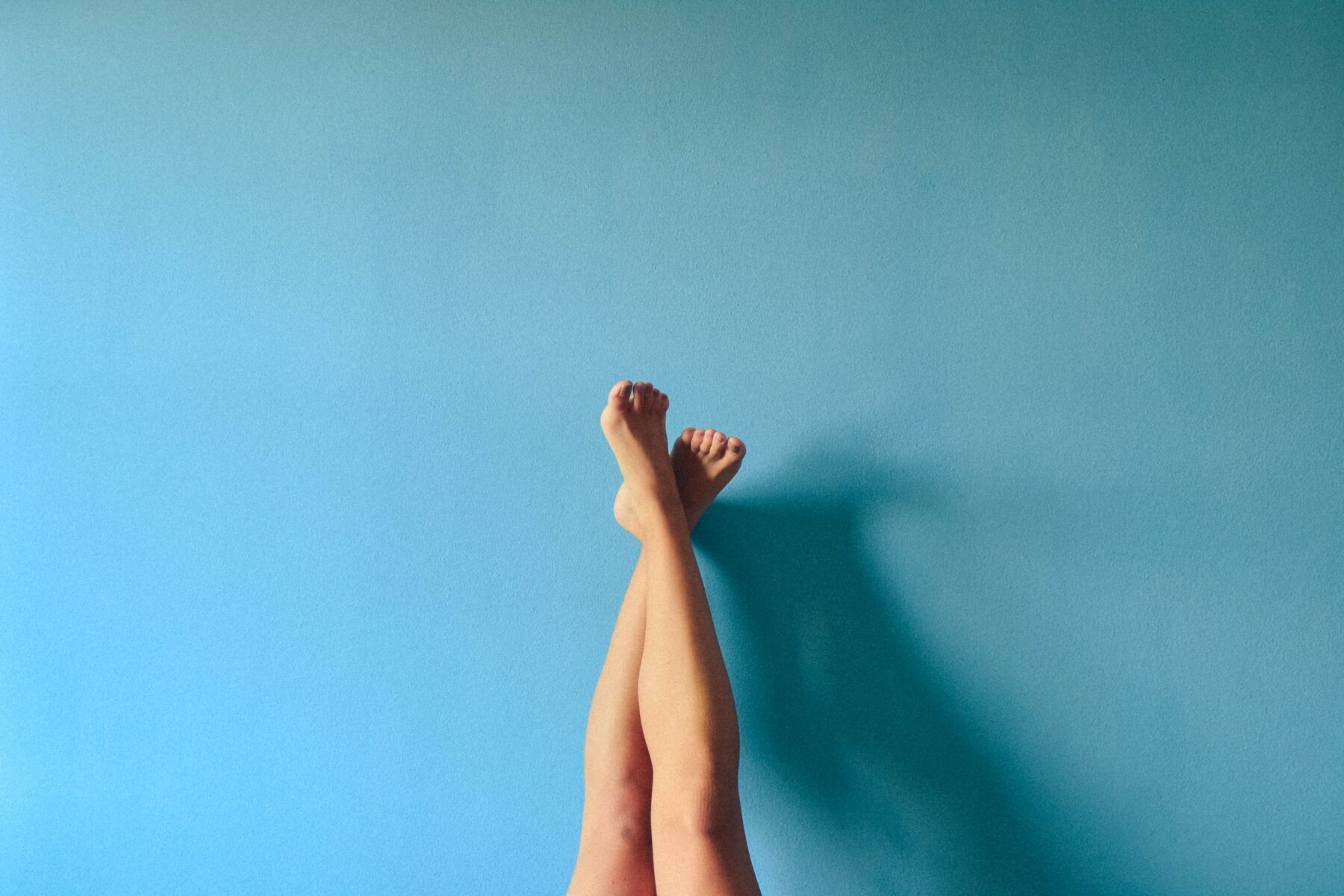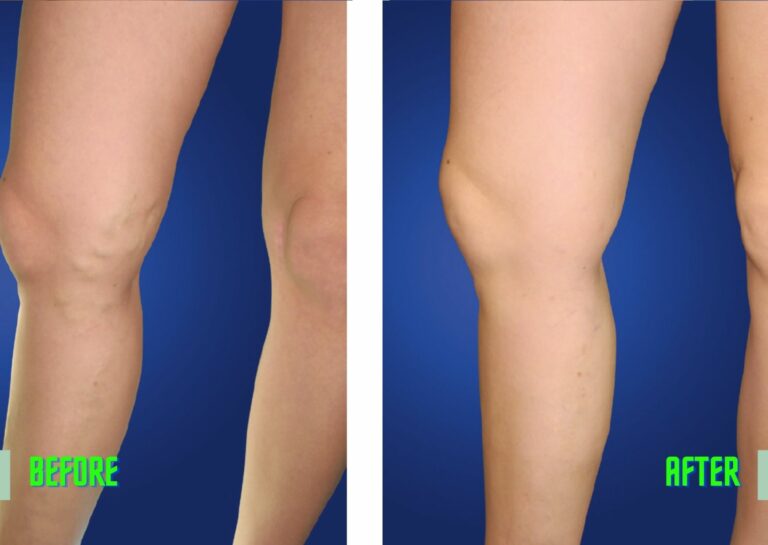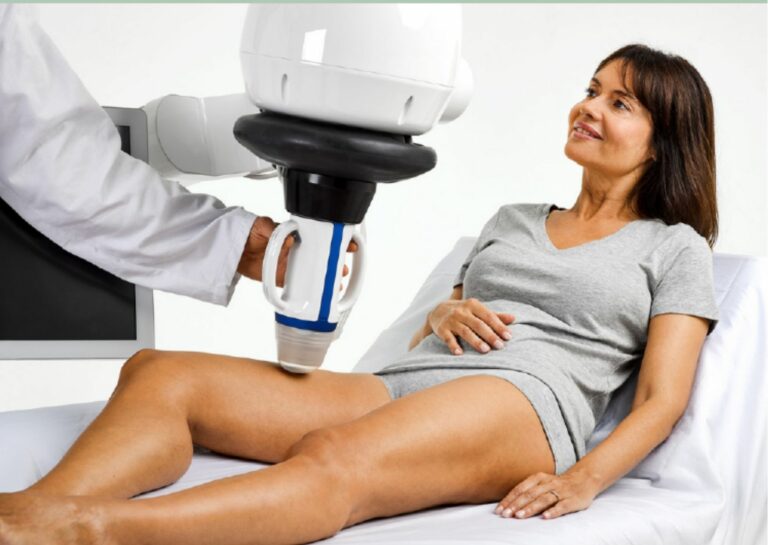Varicose Veins and the Most Effective Treatments
Expert advice
How to treat varicose veins, how to deal with heaviness in the legs? Today we have invited a general surgeon, phlebologist and proctologist Dr. Sergey Mihailov.
What does phlebology treat?
So phlebology treats venous insufficiency, deep vein thrombosis, leg oedema and trophic ulcers.
What are the symptoms that tell us that there is a problem and that we need to see a specialist, in this case a phlebologist?
Leg pain, cramps, skin discolouration, lumps, swelling and tired legs with heaviness and varicose veins, chronic venous insufficiency. In acute conditions such as deep vein thrombosis. Mostly all problems that arise in connection with the blood vessels. In everyday life, of course, we are more concerned with problems in phlebology that are related to the legs, problems can be in the pelvic veins, in the leg veins. But there are also cases where the hands need to be treated.
What is thrombosis?
Deep vein thrombosis is one of the biggest problems, and if it is not diagnosed and treated in time, it can reduce a person’s life expectancy. If left untreated, this problem can be followed by pulmonary thromboembolism, from which there is a very high risk of death. Heart attack, pneumonia. Drastically reduced life expectancy.
There are three main types of leg veins: deep veins, perforating veins and superficial veins.
What are the risk factors for thrombosis? Prolonged sedentary work, from a prolonged lying position, any surgical intervention, oncological diseases are also among the risks. Also pregnancy and the use of drugs such as hormonal contraceptives can increase the risks of thrombosis.
What is venous insufficiency?
Venous insufficiency – chronic venous insufficiency involves a complex of symptoms – swelling, heaviness in the legs, dilation of the subcutaneous veins leading to venous and capillary hypertension, which in turn initiates venous valve and pump insufficiency. It is a very common disease. In Europe, one in every 2-3 women, and 4-5 men suffer from this disease. Why it is more directly associated with women has various reasons. Female sex, genetics, hormonal background, very often it is associated with childbirth and pregnancy, when there is a drastic increase in weight and a drastic increase in pressure on the pelvic veins, which interferes with the blood flow from the legs, resulting in damage to the valves and venous walls and subsequent weight loss.
Symptoms signifying this disease include a feeling of discomfort, pressure, heaviness or burning in the shins. Night cramps in the muscles of the lower legs, itching, swollen ankles at the end of the day. Small blood vessels – capillaries – may appear. As the situation worsens, large venous nodules also appear.
What are the risk factors that need to be taken into account to protect yourself as much as possible from such diseases?
Heredity is one of the main risk factors – if parents have venous problems, children can inherit them too. If both parents have varicose veins, there is a 90% risk that the children will also have varicose veins.
There is a high risk during pregnancy and in cases where hormonal products are being used. During pregnancy, the uterus enlarges, it presses on the pelvic veins causing congestion and varicose veins begin to form. To prevent this, already in the first months, experts recommend that pregnant women start wearing special compression stockings.
Likewise, an unhealthy sedentary lifestyle can play an important role in precipitating this illness.
Work requiring you to stand for long periods of time is harmful. Walking in high heels, as the calf muscle does not work fully. Of course, being overweight, wearing tight trousers on the thighs, which hold back the normal circulation of the veins. Other risks include prolonged exposure to heat and too much physical exertion. People need to stretch, rest and go for short walks every now and then, especially if they are sedentary and work on a computer.
In general, what recommendations would you make for prophylactic purposes, and to improve the condition of leg veins?
Dieting that results in drastic changes in body weight is also detrimental to leg vein health. A healthy, balanced diet is therefore recommended. It is advisable to breathe properly, have a good posture, have a sedentary lifestyle, walk at least half an hour a day, cycle, swim, take contrast showers in the evenings so that tone returns. Especially for those who have standing jobs, such as salespeople, hairdressers, waiters, etc., I also recommend putting your legs in a more elevated position in the evenings, sitting, for example, with a cushion under your legs. Comfortable clothing, wearing compression socks. Adequate fluid intake.
What treatment methods do we offer?
When it comes to the treatment of leg veins, nowadays there are different treatment methods, new technologies and treatment processes. We can talk about medical treatment, compression therapy and sclerotherapy, which is a minimally invasive, cosmetic procedure/method for the treatment of small blood vessels, the side branches of the leg veins. Bioflavonoids are used in the treatment of medacomentosa. They are divided into three main groups – plant extracts, saponins and benzopyrones. There are A benzopyrones and G benzopyrones. G benzopyrones include disomine, hesperedine, rutin and rutosine. So bioflavonoids help protect and improve microcirculation, improve lymphatic drainage by increasing lymph flow and oncotic pressure. Reduces inflammation of veins and normalises capillary permeability, increasing their resistance.
Compression stockings are designed for both prevention and treatment of leg vein diseases. Thanks to the specific pressure of the compression stockings, the compression stockings provide a micro-massage effect during movement, which successfully improves blood circulation in the leg veins. Compression stockings are recommended for regular use by saleswomen, hairdressers, waiters and people working in similar professions.
There are older methods such as Varadei vein surgery or miniphlebectomy under general anaesthesia. Nowadays, one of the most popular treatment methods is laser surgery. It is a method where general anaesthesia is not needed and the person can leave immediately after the surgery. All the risks associated with surgical intervention and frequent complications are avoided. Phlebology is currently using a very effective and fast treatment method – VenaSea, which is a treatment of leg veins with a biological glue, after which the patient can return to his daily routine in just a few days. There is no need to observe a special post-operative period or to wear compression stockings. This method competes with laser surgery.
FOAM SCLEROTHERAPY
This treatment replaces surgery. Can be performed regardless of age and general health. It is significantly cheaper than other vein treatment methods. During the treatment process, a drug is injected into the damaged vein with a thin needle. The procedure is carried out under ultrasonographic guidance. No anaesthesia is required, and the patient can go home immediately after the procedure. Duration – 30 minutes. The rehabilitation period lasts 2-4 weeks, when special compression stockings must be worn. If the small capillary network has been removed, no stockings are necessary. As a result of the treatment process, the damaged vein gradually closes and is not visible after a while. In rare cases, recurrence of the disease is possible. Foam sclerotherapy is used more as a cosmetic procedure, to remove small capillaries or capillary networks.

Photo: Foam sclerotherapy, Baltic Vein Clinic
VEIN LASER OPERATION
The surgery can be performed regardless of age and general health. The damaged vein is closed by the thermal action of laser pulses on the vein wall. The laser beams only affect the damaged part of the vein, and the surrounding tissue is virtually unharmed. The operation is performed under local anaesthesia and lasts 25-35 minutes per leg. After the operation, there is a fast recovery, and you can resume your daily routine on the second day after the operation. The desired cosmetic effect is achieved and the operation leaves no scarring.
VEIN OPERATION WITH STEAM
Vein surgery with steam closes the damaged vein with even less trauma. Particularly suitable for repeat vein surgery and treatment of anatomically difficult veins. The technique is applicable not only to the vein trunk, but also to the major side branches. Procedure: Heated water vapor is injected into the vein via a catheter in the form of controlled micro-pulses. During the operation, the vein walls contract and close. After this method, there is a rapid recovery and the patient can resume a full social life in the next few days. This treatment process results in a very good cosmetic outcome.
VEIN RADIO FREQUENCY OPERATION
The surgery can be performed regardless of age and general health. The treatment involves small punctures in the skin using only local anaesthesia. The diseased vein is heated in a controlled manner with a special catheter and closed with heat energy in the form of micro-pulses. After the procedure, the patient needs to stay only 1-2 hours in the day hospital and can resume a full social life in the next few days. In cosmetic terms, the result is excellent, the damaged vein practically transforms into connective tissue within a year. Recurrence of the disease is very rare.

Photo: Vein Radio frequency operation, Baltic Vein Clinic
VEIN CLOSURE WITH BIOLOGICAL GLUE
The method mainly treats varicose veins at an early stage. It is particularly gentle on the patient, there is no pain or haematomas. The operation is practically painless, no anaesthesia is required. The treatment process takes the form of an injection, through a disposable catheter, a safe and health-safe special biological glue is injected into the vein. The vein is not removed, but over time transforms into connective tissue. Recovery is very rapid and no compression stockings are needed after the operation. The result is a very good cosmetic outcome, with no recurrence of the disease.

Photo: Vein closure with biological glue, Baltic Vein Clinic
TROPHIC ULCER TREATMENT
Venous leg ulcers are often painful, exudating, causing restrictions on movement and even social isolation. Accurate diagnosis, including consultation of a vascular surgeon, is important in the case of an ulcer. The primary treatment method is compression therapy.
Advanced ultrasound technology can be used to clean the ulcers. The method is painless and less traumatic. Low-frequency ultrasound waves are delivered into the wound with the help of saline solution, simultaneously cleansing and healing it. The technique is able to remove necrotic tissue and clean wound “pockets”. The effect is immediate and obvious.
For more severe ulcers, Shave surgery is prescribed. During the operation, a thin layer of skin is removed from the patient’s thigh using a special device, which is then placed on the affected area and fixed. The operation is not complicated and takes 20 to 30 minutes. After this operation, ulcers typically heal very well within 2-3 weeks.
ECHOTHERAPY
We also offer the latest innovation in the treatment of avaricious veins – SONOVEIN® Echotherapy. This is an alternative to invasive treatment methods: without catheters, with chemical injections and incisions.
It is a high-precision echotherapy method designed to treat patients 100% non-invasively. During the treatment, a high-intensity ultrasound beam is focused on the vein step by step. When the heat energy is delivered, the vein contracts and is sealed. This manipulation does not traumatize the skin. The treatment is carried out without scarring and risk of infection. The echotherapy allows an immediate return to normal daily activities. For some patients, such as those at risk of bleeding or recurrence from a previous treatment, echotherapy may be the only possible option.
With echotherapy, it is also possible to treat veins that are very difficult to access, such as perforating veins – even with open ulcers and without the risk of infection. Echotherapy can be safely applied very close to the junction of the femoral and saphenous veins, literally eliminating the risk of residual vein trunks after treatment. If a patient has an existing venous trunk remnant and new blood vessel formation in an atypical area or leak recovery (recanalization), this venous trunk remnant and newly formed blood vessels can be safely and effectively treated using echotherapy.

Photo: Echotherapy, Baltic Vein Clinic
In Latvia leg vein diagnostics and treatment are offered by two leading leg vein clinics:
For more information, please click here.
- Choose a service
- Fill out the form
- Receive an individual response